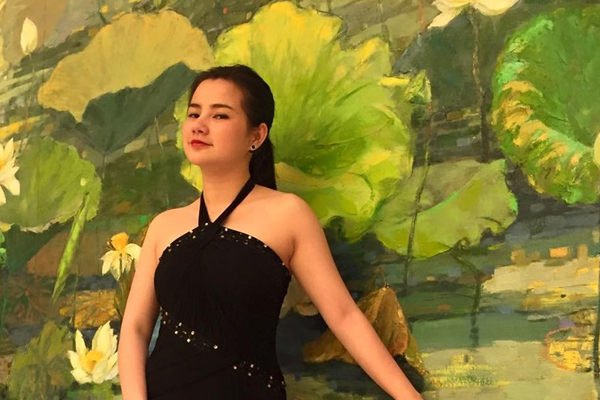Nguyen Manh Phuc is loaning his private art collection to the centre to allow people a chance to view the painter’s range of work, including oil paintings, sketches and illustrations.
Born in 1920, Phai will always be seen as a true Ha Noi artist in the heart of many Vietnamese people. Like many great artists around the world, he too lived a life of poverty and only gained recognition after his death.
Phai attended the Indochina College of Fine Arts which was established by the French in 1925. He received his education during the last days of French colonial rule. Impressions of that time would be later captured well by him in his art.
Phai was one of the last students of the Indochina College of Fine Arts whose students have included To Ngoc Van, Nguyen Sang, Nguyen Tu Nghiem, and Duong Bich Lien, artists, who have all made great contributions to Viet Nam’s modern fine arts.
Phai was an artist of great talent and skill and in the words of his son, painter Bui Thanh Phuong, he made simple lines, but they carry a message of a deeper understanding.

On June 23, 1988 in the evening, Phai painted a small, charming self-portrait and wrote underneath it: “The most important thing is to stay well, and not be ill.” Sadly, seven hours later, he died of lung cancer and Viet Nam lost one of its greatest and most virtuous painters.
Although he may not have gained the fame he deserved in his lifetime, his works did win awards; he won the prizes of the National Fine Arts and his work was displayed at the National Fine Arts Exhibition in 1946 and 1980. In 1982, he was awarded a prize at Leipzig Graphic Art Exhibition. Phai was posthumously awarded the Ho Chi Minh Prize in 1996. ‘A lingering scent’: The painting Cheo Stage by Bui Xuan Phai, whose work is on display at the Korean Cultural Centre. His first solo exhibition was held in Ha Noi in 1984.
His life, career, dignity and most importantly his talent have had positive impact on the promising and fast developing fine arts scene in Viet Nam, according to Luong Xuan Doan, deputy director general of the Department of Culture and Arts.
The exhibition opens viewers to all aspects of the great artist.”His work] is like a lingering scent to remind us that the love Phai left behind will last forever,” said Doan, also a painter. Phuc was a photographer and began to collect Phai’s work very late when he retired.
He first made public his collection in a book about Phai in 1997 published by the Fine Arts Publisher.In this exhibition, Phuc introduces a small part of his total 200 press illustrations.
“My father had a very large number of press illustrations; it will take two days without any rest to ascertain just how many he had created,” Phuong said. Phai was familiar with Ha Noi’s old streets and cheo (traditional opera) stage.
A visitor to the exhibition said that future generations will only know the old quarter through Phai’s work so his art work has great value.
In 1996, Phuc bought one of Phai’s old quarter painting for US$7,000 but he has chosen not to show it this time. What he has shown, however, are some valuable pieces by Phai before he died. Like the painting Phai drew on a cigarette packet, on which he ascribed “to doctor Thau, June 18, 1988″. A few days later, he passed away.
Another valuable work is a sketch he made of a patient he shared a room with. “I don’t know about this [particular] artwork because my husband drew a lot in the hospital. And I did not see everything he made,” said Phai’s wife.
She also revealed that Phai drew illustrations as a way to earn money. “At that time, they were sold for about VND5 each. He utilised every kind of material he could find, like old letters, newspapers and cigarette packets,” she said.
One will also see the artist’s lighter side in a comical portrait of Teacher Vu Dinh Lien. Phai’s son explained the background: “Vu Dinh Lien was my father’s closest friend and he would usually read his new poems to him. Sometimes my father found them really terrible. I think this painting was perhaps the result of that overbearing. If you look closely at the painting you will see the face is a woman’s bottom.”
The exhibition will run till March 22 at the Korean Cultural Centre, 49 Nguyen Du Street, Ha Noi. — VNS


